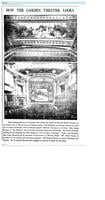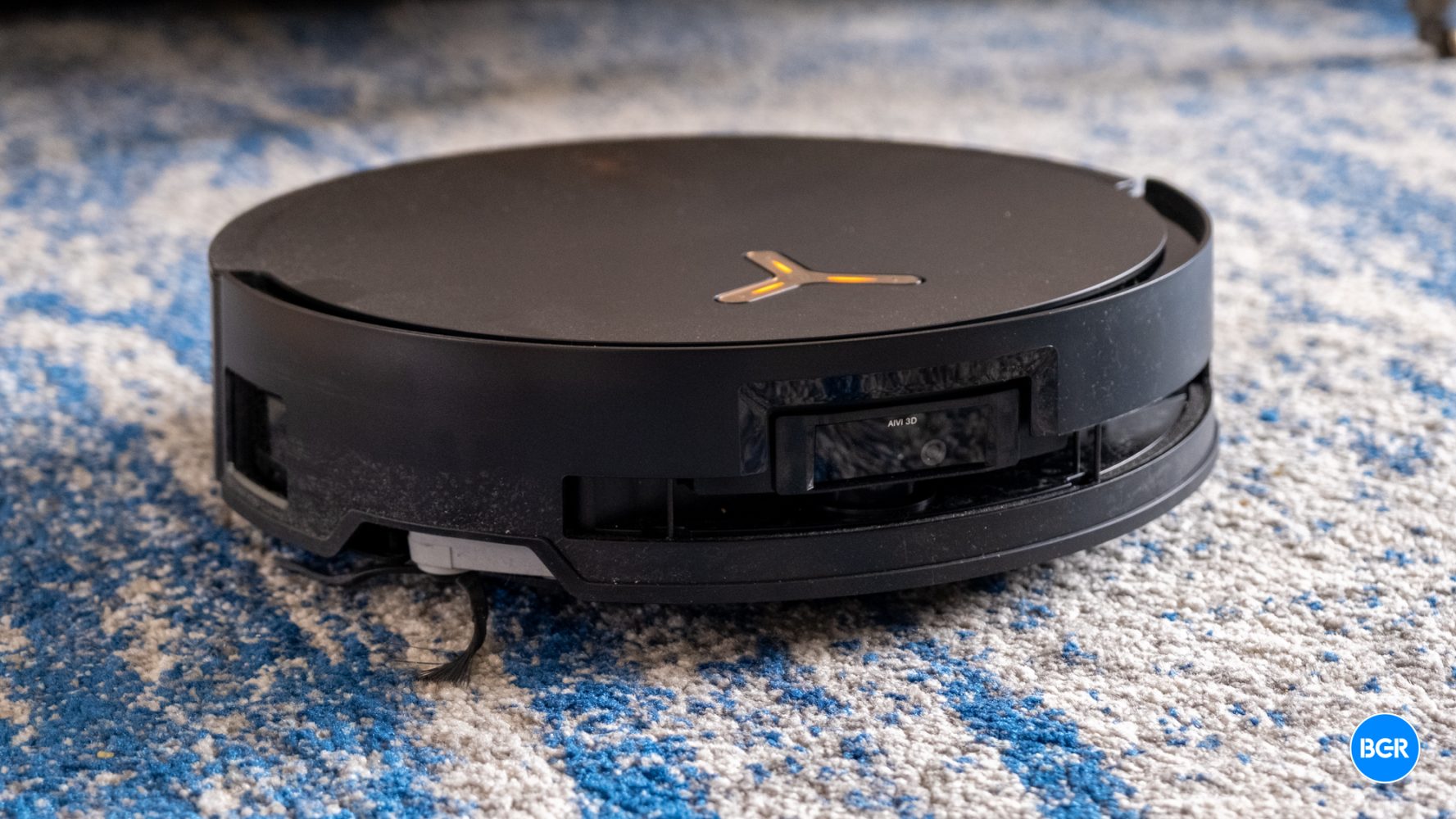As you stroll through some of Charleston’s most popular areas, like Wagner Terrace, South of Broad, or Market and King Street, you may not even know that stories and histories are buried there. Throughout the centuries that Charleston has been established, the city has seen businesses come and go, adding to the beautiful tapestry of stories some of the buildings downtown hold. For many buildings, the only markers in a chapter of their history are the original façade, signage, or even specialized tiling and stonework on the sidewalk.
Many popular businesses and buildings we know and love today have an impressive story behind them waiting to be discovered. For example, did you know that Mary Murray Drive, which runs around Hampton Park, used to be a horse racing track? And while everyone knows Market Street has historical and architectural significance to Charleston’s story, did you know that the Embassy Suites that overlooks Marion Square was the original Citadel Military College or that there is a building at 1099 King Street that was initially a historic firehouse but is now home to a boxing gym? Through the efforts of the Charleston Preservation Society and other similar organizations and careful laws and regulations, Charleston has maintained many original buildings and façades that pay homage to past businesses and their stories throughout history. Recent Carolopolis Award winner 371 King Street is currently a modern-day Urban Outfitters, but step inside, and you’ll see the beautiful remnants of the original Old Garden Theatre that used to be there.

You can even see where the stage would have been in its heyday towards the back of the building. In addition to its award for excellent preservation of the building’s exterior, it also holds the title of being Charleston’s only Bozart-style building, according to Laurel Fay, manager of preservation and research at the Charleston Preservation Society. 71 Wentworth Street is now home to the beloved Candlefish store and gorgeous condos, but prior to recent restoration and commercialism, the 1872-built building was an ancient Masonic lodge.
Most notable in this tour of Charleston’s historic façades is the Kress Building. What is now the H&M at 281-283 King Street was initially the site of the nationally known S.H.
Kress 7 Co., a “five and dime” retailer that was notorious for enforcing segregated lunch counters and excluding African American patrons. However, on April 1, 1960, African American students from Burke High School went into the iconic King Street building and sat at the lunch counter as a form of peaceful protest.
Despite refusal of service, harassment from management, a false bomb threat and ultimately their arrest, the Burke High School protest at the Kress Building made a tremendous impact on Charleston’s civil rights movement. This sit-in spurred a series of nonviolent civil rights demonstrations known as the “Charleston Movement,” which took place around the city throughout the 1960s. Several more sit-ins happened at the Kress Building until segregation policies were finally abolished.
Many of the students who participated in that first protest became key civil rights advocates, activists, politicians, and lawyers and left their mark on Charleston’s and African American history. Today, the infamous lunch counter may no longer be there, but the original signage adorning the façade of the building is an everlasting reminder of the courage these students demonstrated in their pursuit of equality and justice. The next time you’re strolling Charleston, take a look up (or maybe down).
You just might discover a piece of Charleston’s history hidden in plain sight in the face of a building..
Technology

Dropping the Façade: Charleston’s Hidden History

As you stroll through some of Charleston’s most popular areas, like Wagner Terrace, South of Broad, or Market and King Street, you may not even know that stories and histories are buried there.















